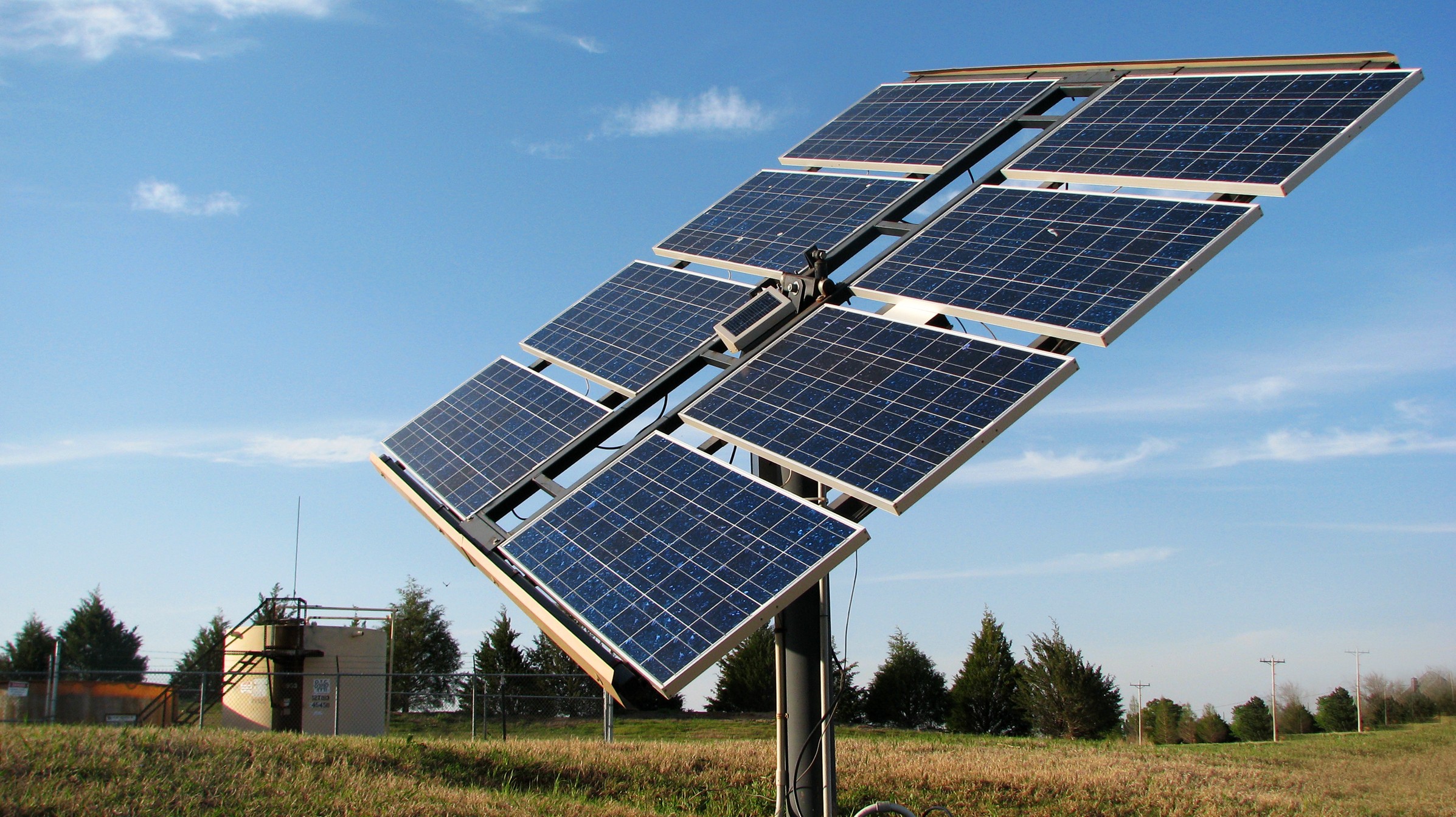 Many are already use to the original use of electricity and are afraid of change. Solar power has its ups and downs just like regular fossil-fueled electricity, but solar power has more benefits both in the categories of cost and for the environment. Both consumers and distributors have the power to make a difference in the world. The proposal is to help consumers understand the great importance to use solar energy as the electrical source rather than the original fossil-fueled electricity and will demonstrate the differences, similarities, and which is more convenient and benefiting to consumers.
Many are already use to the original use of electricity and are afraid of change. Solar power has its ups and downs just like regular fossil-fueled electricity, but solar power has more benefits both in the categories of cost and for the environment. Both consumers and distributors have the power to make a difference in the world. The proposal is to help consumers understand the great importance to use solar energy as the electrical source rather than the original fossil-fueled electricity and will demonstrate the differences, similarities, and which is more convenient and benefiting to consumers.
Solar energy and fossil-fueled electricity have many differences and is easy to see why. Fossil-fueled electricity is coal, oil, and natural gas burned to provide the energy that powers consumer’s homes to connect many appliances and so on. Electricity is a good source and allows for many things to be done and used in homes, but the way it is created to give consumers the resource is just harming the planet and harming society. It is affecting the natural way that Earth is suppose to be, for example, like the variations of the sun that are now changing, changes in the reflectivity of Earth’s atmosphere and surface, and the climate change. The difference between the two is that solar energy will not be affecting people’s health, economical state, or Earth while fossil-fuel electricity is expensive, harmful to human bodies, and harmful to Earth. Solar energy, once installed, is free of use because what will power the panels is the sun and that is free. On the other hand, fossil-fueled electricity is expensive and is required as a monthly bill.
Both fossil-fueled electricity and solar energy have many similarities which are to power up homes and appliances with the use of its energy source. Banoni, Arnone, Fondeur, Hodge, Offner, & Phillips 2012 explain between two types of solar panels that “on the one hand, the flat panel photovoltaic cells, typically made of silicone, are the best known for of technology, while the Concentrated Solar Power (CSP) industry is still at its infancy.” Additionally, regular electricity generates through the use of fossil fuel which is why there are chemical plants to process the fuel and sell to companies for society to use. “In addition, fossil-fuel derived energy is limited and non-renewable energy, so that fossil-fuel derived energy resources are becoming increasingly scarce and expensive.” (Rahim, M., Yoshino, J., & Yasuda, T., 2012). Both fossil-fueled electricity and solar energy need a resource to provide energy to the home and appliances.
Consumers help by buying solar powered equipment to install in the homes. Distributors also help by advertising the products more on its good use of solar energy just like with typical electricity. There are always cons with every pro, but solar power is better than having to deal with power outages and risking others lives with the explosions at the electrical source to use electricity. In addition, “to find a more cost effective solution to the energy problem (costs), we propose the use of a special type of solar cells, the Luminescent Solar Concentrators (LCSs).”
(Niculescu, V., & Anghel, M., 2010). Distributors should advertise the product more so all consumers will know of the product and its benefits, even to those whom have no idea the product exists. The benefits range from saving more energy to having low costs on the use of electricity as well as the main reason, which is to protect Earth.
Like anything distributors provide there are pros and cons. Only difference between solar energy and regular electricity through chemicals is that solar is better for society’s health, economy situations, and planet which are very important key factors. Earth is what keeps people alive and by using solar energy would make a huge difference to Earth and consumers. It all depends on the people’s way of living and by opting in the use of solar energy rather than fossil-fueled electricity would not only save Earth, but society as well.
Sources / Supporting Links / Works Cited (If none, please type “none”): Banoni, V., Arnone, A., Fondeur, M., Hodge, A., Offner, J., & Phillips, J. (2012). The place of solar power: an economic analysis of concentrated and distributed solar power. Chemistry Central Journal, 6(Suppl 1), 1-11. Niculescu, V., & Anghel, M. (2010). NEW SOLUTIONS FOR RENEWABLE ENERGY FROM THE SUN. Progress Of Cryogenics & Isotopes Separation. Rahim, M., Yoshino, J., & Yasuda, T. (2012). Evaluation of solar radiation abundance and electricity production capacity for application and development of solar energy. International Journal Of Energy & Environment, 3(5), 687-700.
Brief description of how and where you uncovered your news story (eg. conducting interviews, investigation, eyewitness etc) : It all started with being homework for my university and I just made improvements and adding on to the subject matter because our world is changing and I just felt I needed to write on about the subject. The references I provided are scholarly (peer) reviewed.
Written By: Dennise Mogollon

